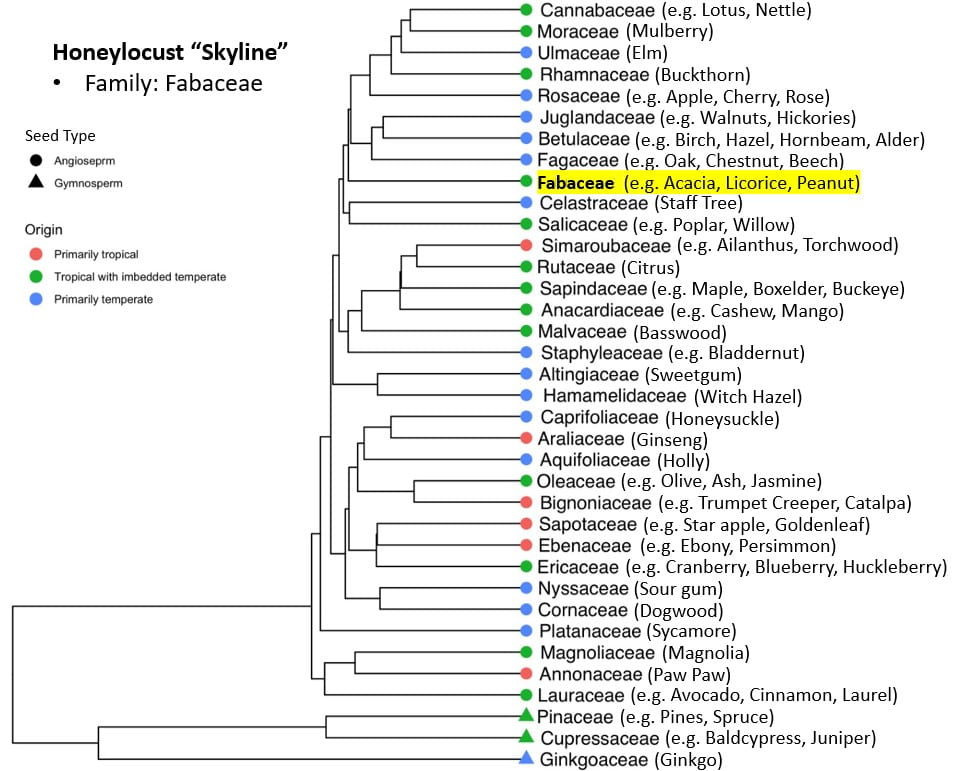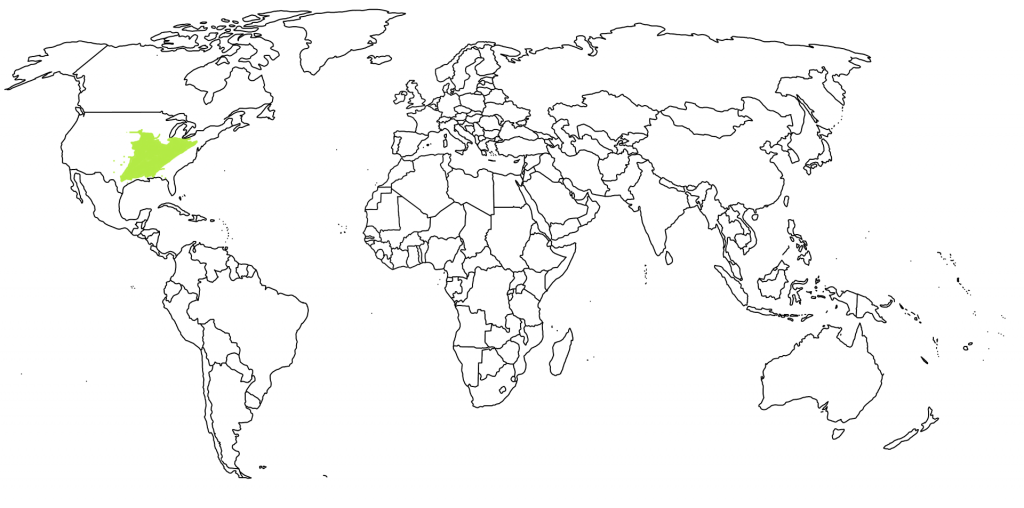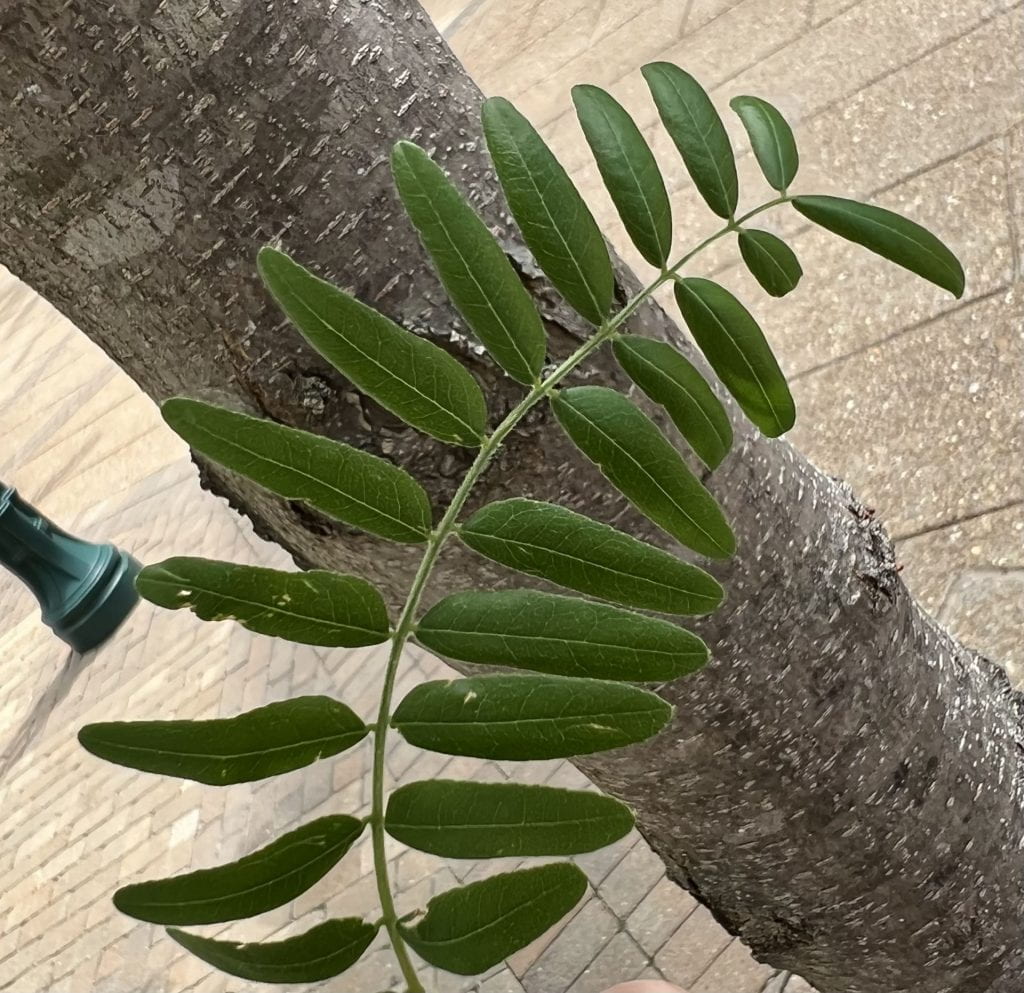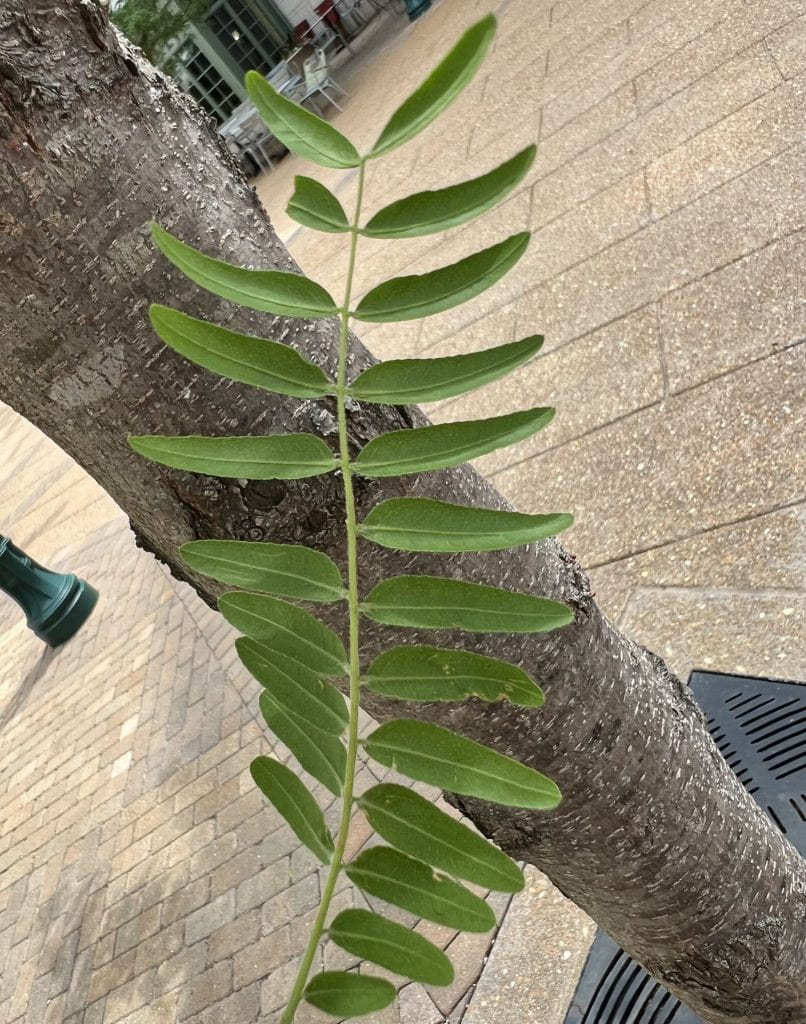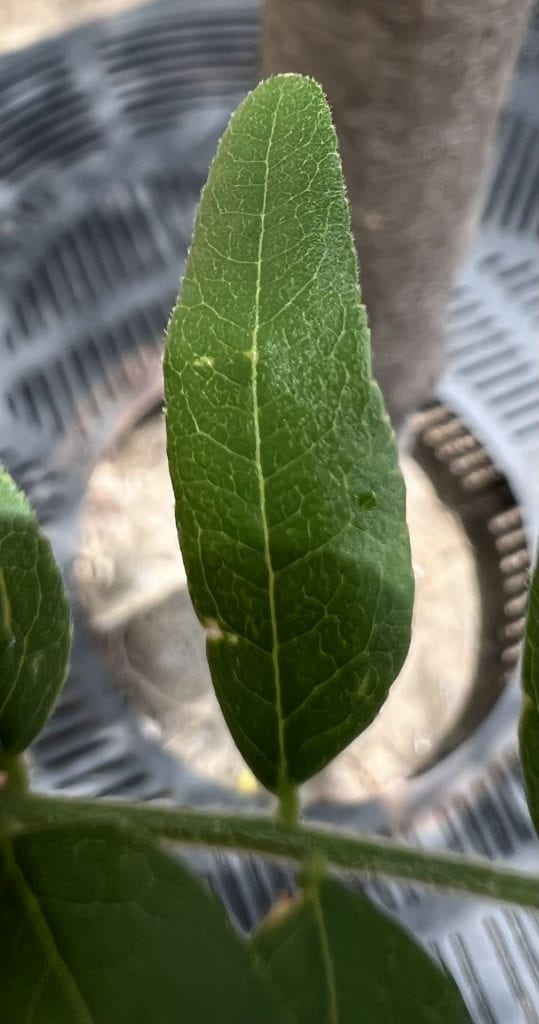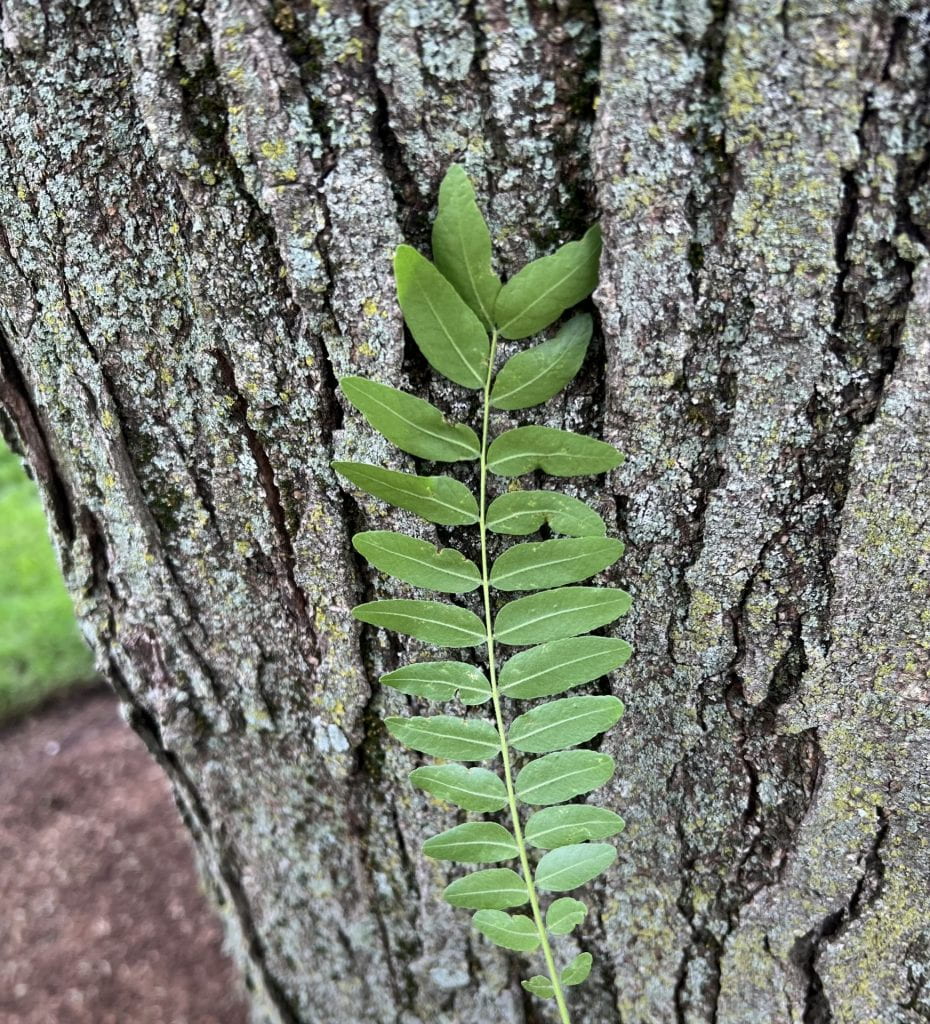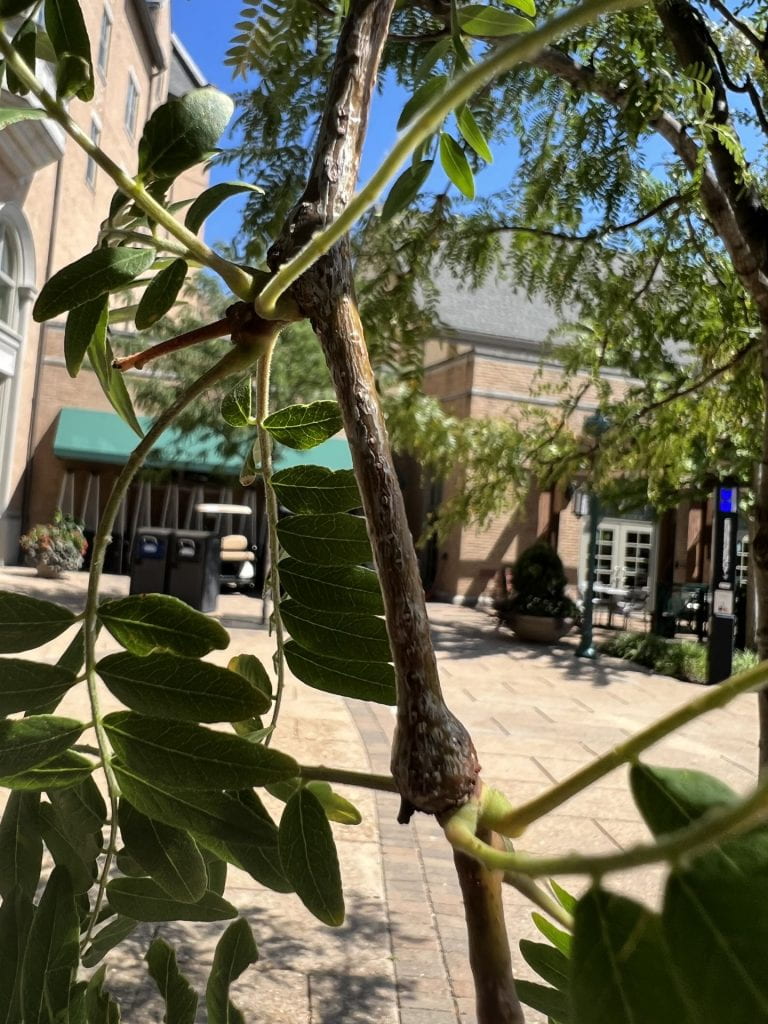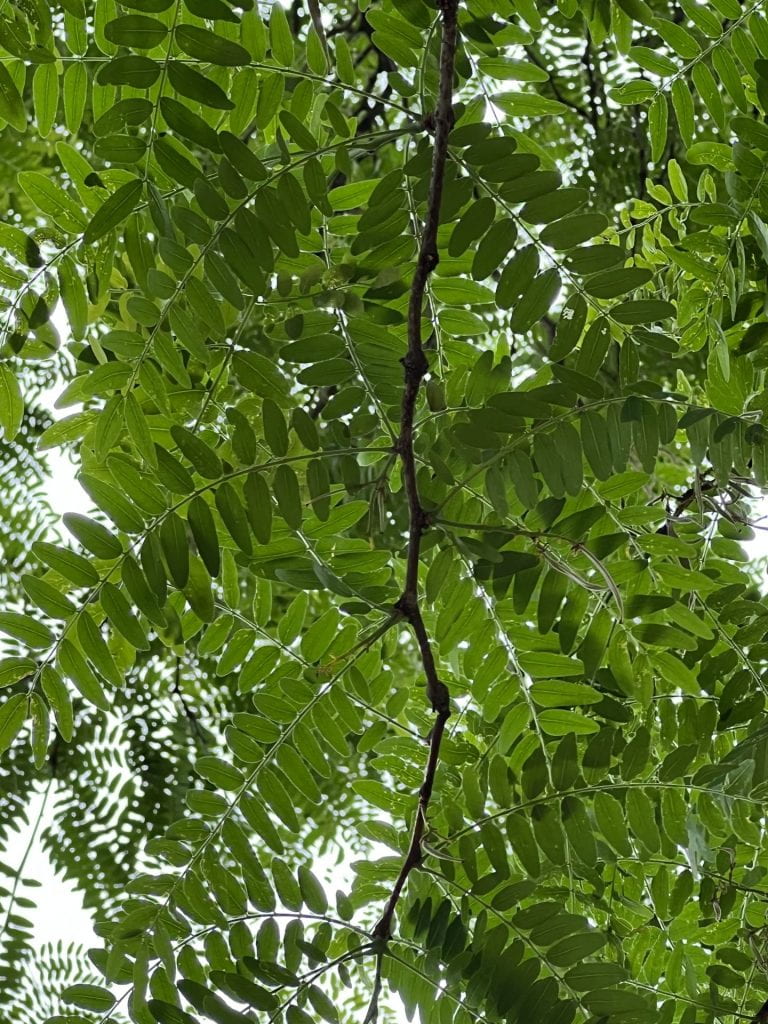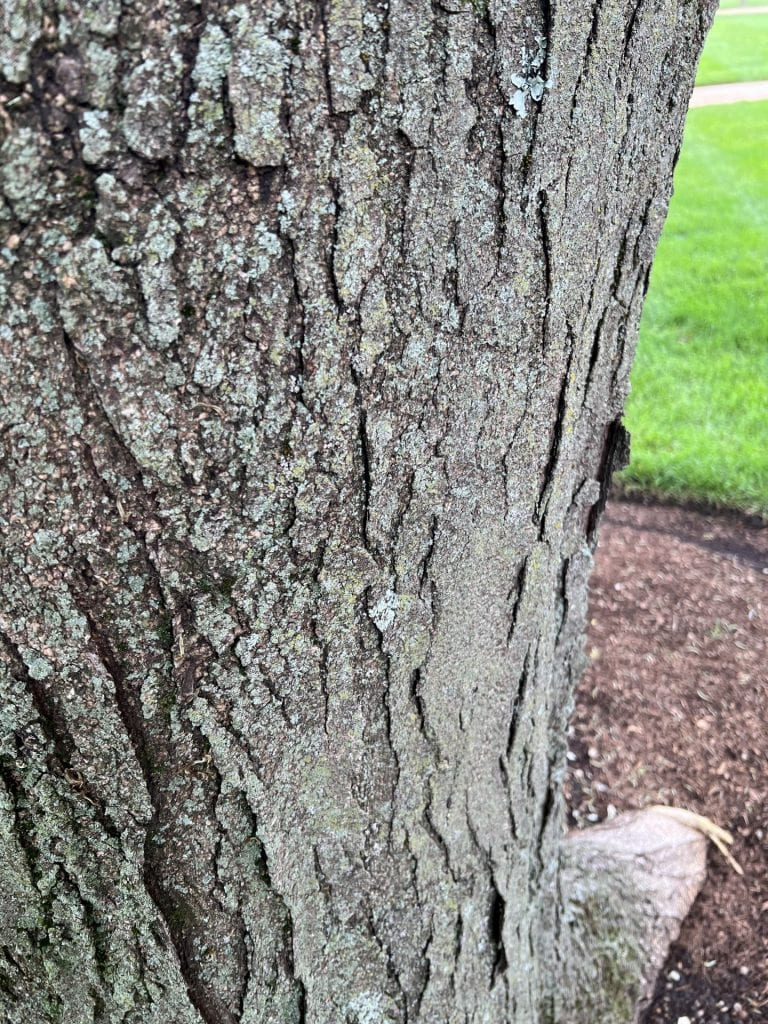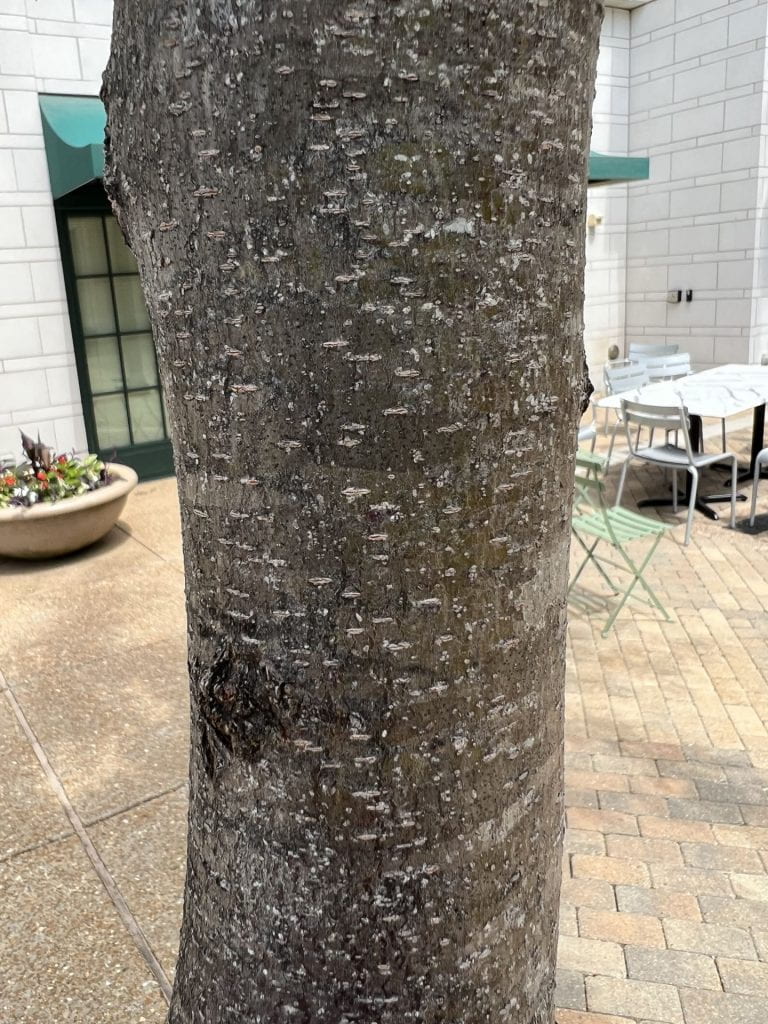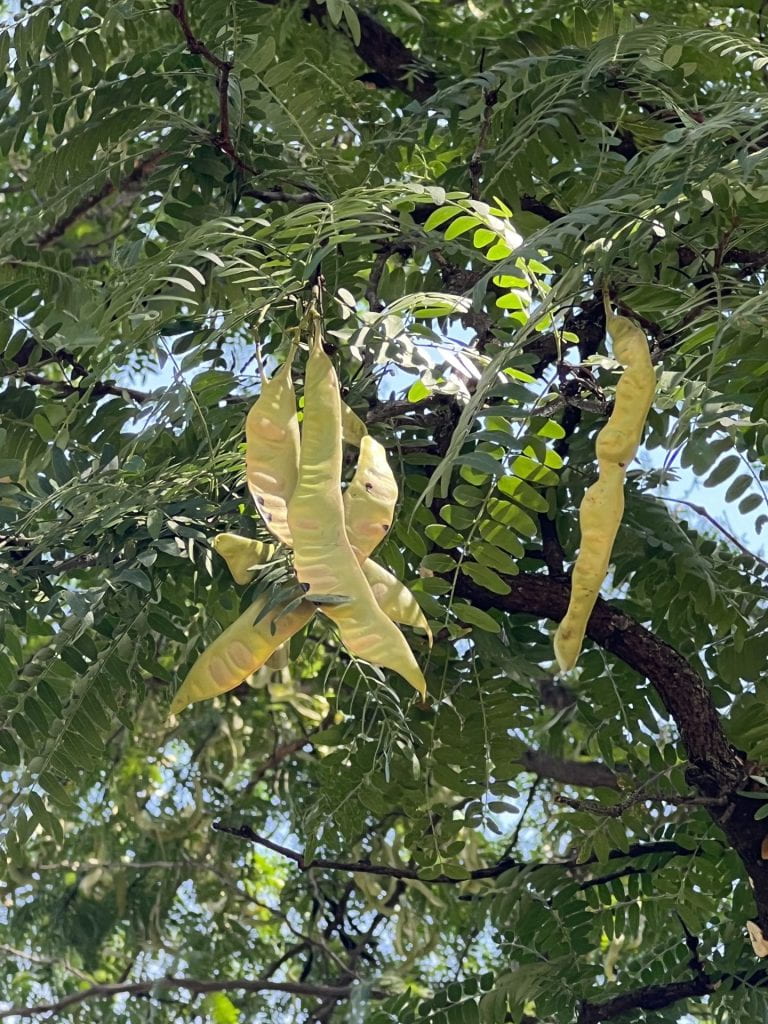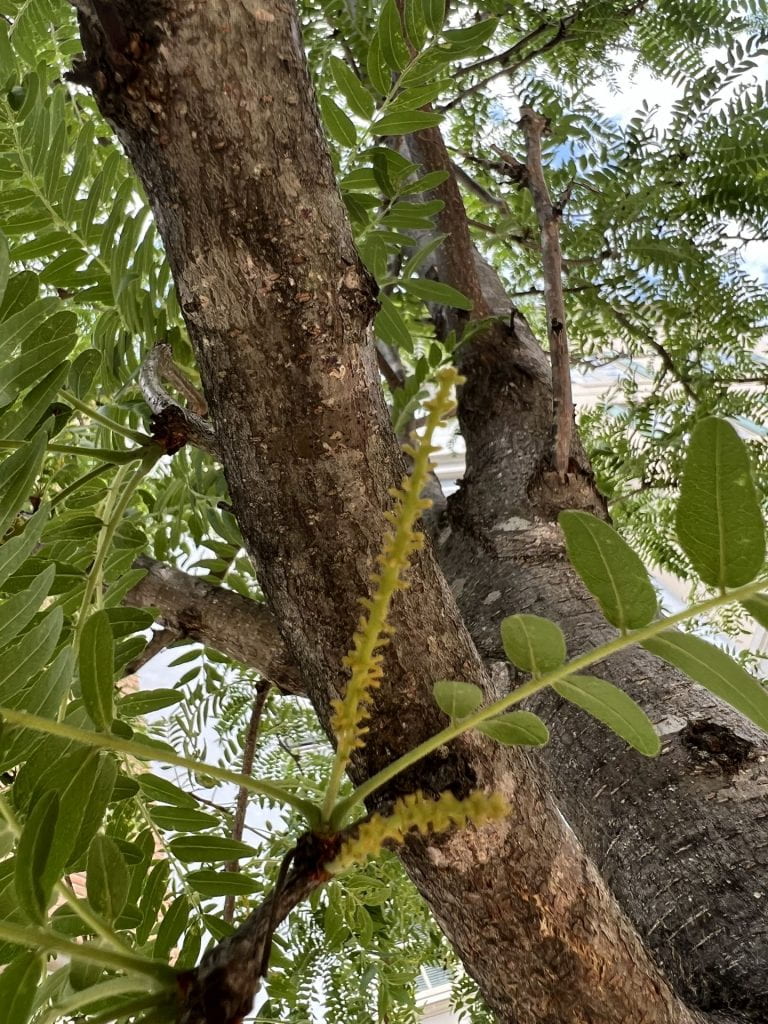Common Thornless Honeylocust
Arbor Walk #78, Treekeeper ID #3229
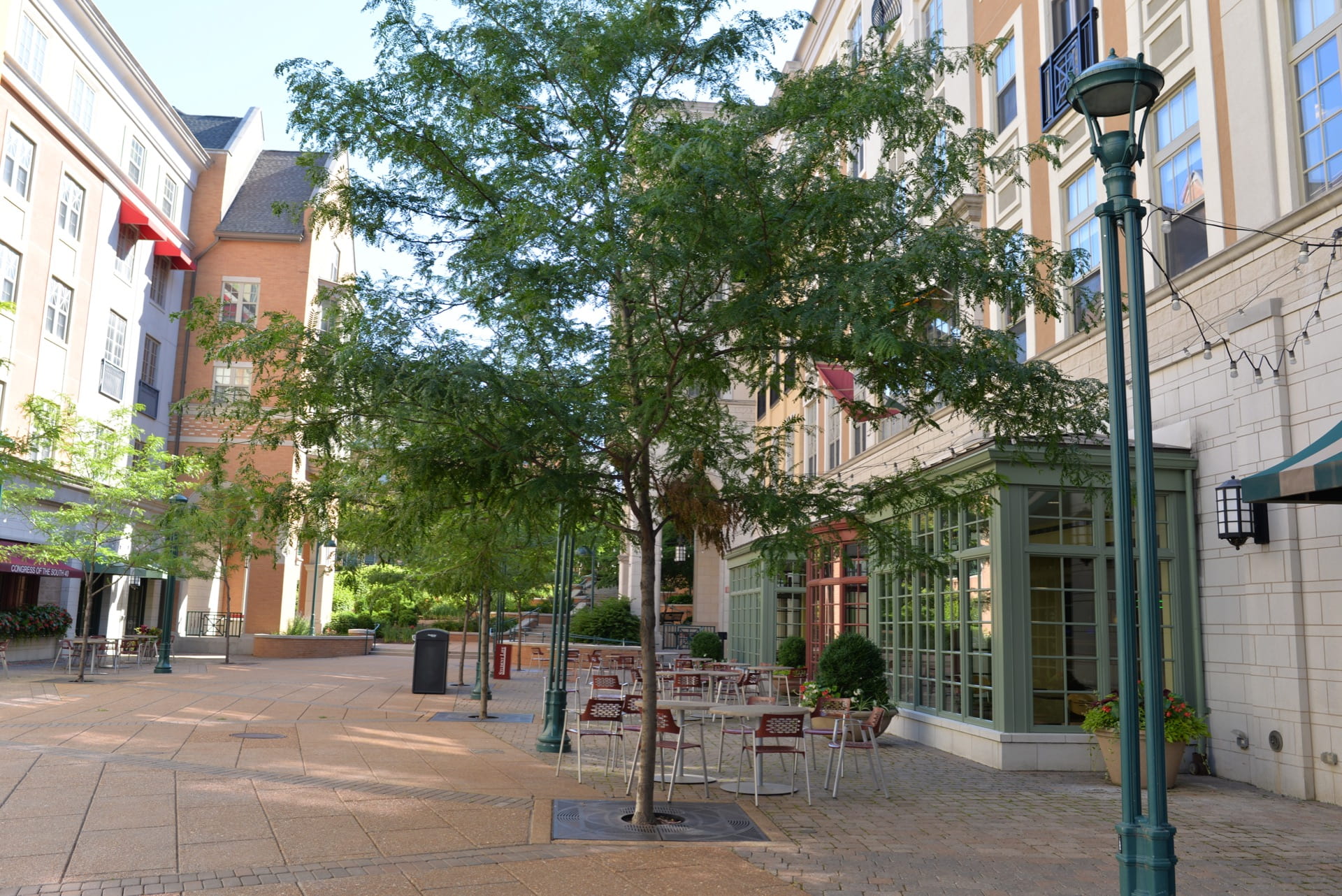
The Honeylocust is a tough, medium-sized shade tree that usually grows around 60′ to 80′ tall. It has greenish-yellow to greenish-white flowers that appear in May or June. This is an adaptable tree well suited for streets and parking lots.
The ‘Skycole’ cultivar is a relatively old line dating from 1957. It was bred for use in cities and streetscapes. This variety is thornless, nearly seedless, and its leaves turn an attractive yellow color in the fall. Another great feature of this variety is that the ‘Skycole’ cultivar does not require much water and is heat tolerant. This makes it a perfect tree to plant for community foresters and college campuses.
More infromation on the Common Thornless Honeylocusts in our Arboretum here!

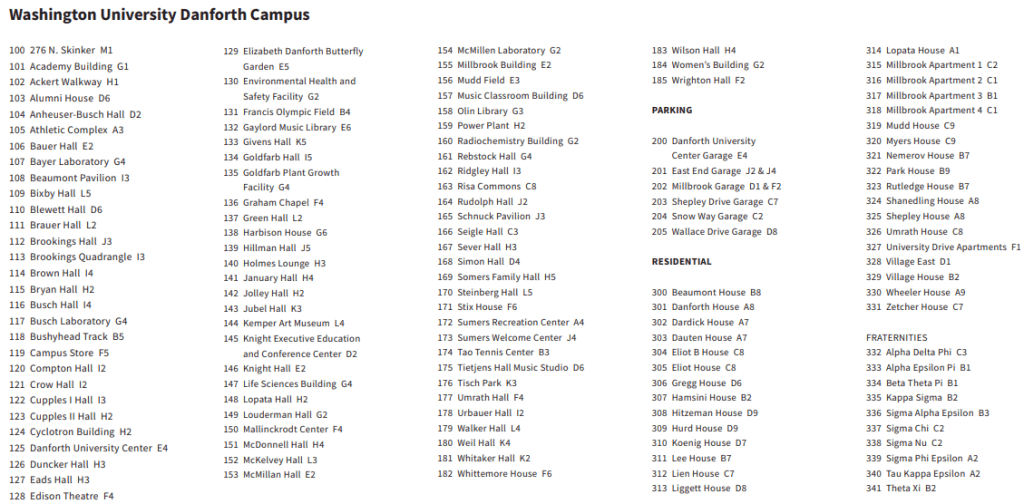
GPS Coordinates
N/A
Percent Concrete
N/A
Distance to Buildings
| Year | Close Building #1 | Close Building #2 | Close Building #3 |
|---|---|---|---|
| 2020 | Umrath House, 7.69 m | Zetcher House, 10.26 m | Risa Commons, 23.38 m |
Distance to Other Species
| Year | Close Species #1 | Close Species # 2 | Close Species # 3 |
|---|---|---|---|
| 2020 | Honeylocust, 9.01 m | Honeylocust, 9.15 m | Honeylocust, 13.23 m |
Standard Measurements
| Year | Height (m) | DBH (cm) | Crown Diameter N-S (m) | Crown Diameter E-W (m) | Average Crown Diameter (m) |
|---|---|---|---|---|---|
| 2020 | 6.23 | 8.10 | 3.12 | 3.27 | 3.195 |
| 2023 | 8.94 | 11.7 | 6.36 | 7.07 | 6.715 |
Nests and Pests
| Year | Description |
|---|---|
| 2020 | Two old pruning wounds have dark fungus/algae/bacteria on the exposed wood, but appear to be healing normally otherwise One oddly-shaped scar Light presence of dark green algae Grey lichen |
Leaf Identification
The Common Thornless Honeylocust has even-pinnately compound leaves with 15 to 30 lanceolate leaflets. The leaflets are usually 1/2″ to 2″ long. The margins are crenated to serrated, and the venation is pinnate. They are a bright green and turn yellowish-gold in the fall. The leaves are sometimes bipinnately compound, but this form is much more common in younger trees.
Twig and Bud Identification
The twigs of the Common Thornless Honeylocust typically zig zag, are reddish- or grayish-brown, and have lighter lenticels. Even though this is a thornless variety, sometimes the twigs will develop thorns. The lateral buds are small and sunken. It has no true terminal bud.
Bark Identification
The Common Thornless Honeylocust has dark gray bark with very long, defined plates. Young trees will have smooth bark with numerous lenticels (pores).
Fruit Identification
The fruit of the Common Thornless Honeylocust are purplish-brown seed pods. They are typically 6″ to 8″ long, flat, and coiled.
Flower Identification
The flowers of the Common Thornless Honeylocust are greenish-yellow and hang in 2″ to 3″ long clusters. They are racemes, or flowers on tiny pedicels (stalks) off a main upright inflorescence (flowering stem).
‘Skycole’ Identification
This is a male cultivar that has a more pyramidal shape. Since it is male, it will never produce fruit.
